Nostalgic North
The North, with the capital Hanoi, is the political and cultural center, the cradle of many cultural and historical heritages. From the time of the Hung Kings to thousands of years of fighting against foreign invaders, the North has always been the vanguard against foreign assimilation, preserving the Vietnamese national identity. Therefore, the provinces and cities in the North often have names that reflect antiquity, related to natural elements, history or cultural events.
For example, the name Hanoi . After ascending the throne, King Gia Long of the Nguyen Dynasty changed Phung Thien prefecture (the land of the old Thang Long citadel) to Hoai Duc prefecture under the Governor of Bac Thanh. In 1831, King Minh Mang abolished Bac Thanh and 11 towns, replacing them with 29 provinces. Hanoi province was born and included Thang Long citadel, Hoai Duc prefecture (of Tay Son) and three prefectures Ung Hoa, Thuong Tin, Ly Nhan of Son Nam town. Hanoi means inside the river, because it is surrounded by the Red River and the Day River, and water and land transportation with other localities is convenient.
Or like Hai Phong city, it is very likely that the name comes from historical conditions. After participating in the uprising with Hai Ba Trung, Female General Le Chan retreated to this land to establish a defense line to continue fighting the enemy. The name Hai Phong could be a shortened phrase: "Hai Tan Phong Thuc" meaning the defense line at the river mouth. Some researchers believe that Hai Phong is shortened from the name of an agency established by Bui Vien in 1871 under Tu Duc: Hai Phong Su or Hai Phong garrison.
Place names can also originate from very ancient origins. For example, Dien Bien province is an ancient land, originally called Muong Thanh, from the word "Muong Then" meaning Heavenly Land (in the Thai ethnic language). This is considered a sacred land in the border region, according to ancient beliefs, a place connecting heaven and earth. The name Dien Bien Phu, or Dien Bien Phu, was given in 1841, the word "dien" in this sense means sacred land, a shrine, "bien" is the border with another country.
Because it is the earliest formed land, any province in the North has customs and practices that have been passed down through many generations. Northern festivals often focus on traditional rituals, often held during the break between seasons. Examples include Lim festival (Bac Ninh), Co Loa festival (Hanoi) or Do Son buffalo fighting festival (Hai Phong). In terms of language, the Northern language is often considered the standard language, used in education and communication, with a standard tone.
Central region intersection
The Central region of our country stretches from Thanh Hoa province to Binh Thuan province, where many different cultures intersect, from Champa culture to Hue royal culture, is a land with many places bearing the majestic sound of nature and tragic history. Not favored by nature, the Central region is a place that has to endure many harsh climate influences. Living in a land where rain brings floods, sun brings drought, the people of the Central region always work hard, possessing in themselves the toughness and perseverance to overcome difficulties. The Central region is also special in that it absorbs many cultures such as Cham culture or the culture of the ethnic groups in the Central Highlands. Therefore, the Central language is diverse with many different accents and dialects. Hue language is gentle and calm, while Quang Nam and Quang Ngai languages are strong and decisive. The customs and practices of the Central region are also rich and unique. The fishing festival, the Kate festival of the Cham people, or recently the Hue Festival and the Da Nang International Fireworks Festival are special cultural highlights.
 |
Hue is ancient yet modern. (Photo: Le Hoang) |
The Central region is notable for its place names that carry the Cham language. For example, Da Nang is a variation of the ancient Cham word Daknan. “Dak” means water, “nan” or “nún” means wide. Daknan refers to the vast river area at the mouth of the Han River. Similarly, the names of the provinces Kon Tum, Gia Lai, Dak Lak, Dak Nong all originate from the languages of the ethnic groups.
The names of some provinces and cities in the Central region also bear historical marks. Thua Thien Hue was Phu Xuan district under the Tay Son dynasty. When King Gia Long divided the whole country into 23 towns and 4 dinh, Thua Thien Hue today belonged to Quang Duc district. In 1822, Quang Duc district was renamed Thua Thien district by King Minh Mang. From 1831 to 1832, King Minh Mang divided the whole country into 31 administrative units including 30 provinces and 01 district, Thua Thien.
Or Binh Thuan, the last provincial capital of the Central strip of land to the South. The name dates back to 1697, when Lord Nguyen established Binh Thuan Phu including 2 districts An Phuoc and Hoa Da. "Binh" means to develop and pacify a land, "Thuan" means to live in harmony. The ancients named this with the hope that the two ethnic groups Kinh and Champa would be peaceful and develop.
Dynamic South
The South, with Ho Chi Minh City as its center, is the youngest of the three regions, a symbol of dynamism and diversity. This region has a rich culture due to the harmony with many ethnic groups. Therefore, the Southern language has a comfortable, easy-to-listen tone, reflecting the open-minded and liberal character of the people here. Southern customs are simple, practical but no less unique. The Ngo boat racing festival, the Ok Om Bok festival of the Khmer people, or the Bay Nui An Giang bull racing festival are all important cultural events.
 |
Dynamic Ho Chi Minh City. (Photo: Pixabay) |
The names of the provinces and cities in the South often carry the sound of innovation and development such as Dong Nai, Binh Duong, or are associated with natural features, history or transliteration from the languages of ethnic groups. For example, Ba Ria - Vung Tau province is a place name composed of Ba Ria and Vung Tau. The place name Ba Ria is a transliteration of the name of the Cham goddess Po Riyak, or it can also be constructed by transforming the name of a person, Mrs. Nguyen Thi Ria, who had great merit in reclaiming the mountainous area of Dong Xoai.
Ben Tre province is a typical name for its natural features. According to many studies, the Khmer people called this place Xu Tre because bamboo grows a lot in this area. Later, people set up a trading market, called Ben Tre market, short for "ben tre land". Or Ca Mau province is a name formed by the Khmer people calling this land: "Tưk Kha-mau" which means black water, because the cajuput leaves of the immense U Minh cajuput forest fall down, turning the water black. Ca Mau has flooded swamps, many wild and natural sedge bushes, creating a fascinating biodiversity. For that reason, since ancient times there has been a folk song: "Ca Mau is a rustic land. Mosquitoes are as big as hens, tigers are as big as buffaloes".
Merger for development
The differences between the three regions of North - Central - South, each have their own beauty, contributing to the diversity and richness of Vietnamese culture. Mentioning each place name on the S-shaped land, people can understand exactly the customs and characteristics of that land. In the near future, the places of the three regions will face important changes.
The Politburo and the Secretariat have issued Conclusion No. 127 on the implementation of research and proposals to continue to reorganize the apparatus of the political system with the policy of merging provinces and communes and abolishing the district level. For the provincial level, the Politburo and the Secretariat directed that, in addition to the basis of population size and area, they will clarify the issues of national master planning, regional planning, local planning, socio-economic development strategies, and sectoral development. Another important issue to consider is the expansion of development space, promoting comparative advantages, meeting development requirements for each locality and the requirements and development orientations of the new period.
Remember not long ago, in 2008, the merger of Ha Tay province with Hanoi was a great success. Hanoi increased its area to the stature of the 17 largest capitals in the world. In terms of culture, the capital has expanded and embraced two large cultural regions, Trang An and Xu Doai. Looking back at history, the two lands always have similarities, are connected and complement each other. Hanoi and the old Ha Tay are essentially one, connected to each other, the old Ha Tay has always been the fence, the gateway of the capital Thang Long. It has been 17 years without a name, but the cultural beauty of the old Ha Tay land is still preserved and promoted by Hanoi. Thang Long and "Xu Doai white clouds" complement each other to reach new heights, to achieve true quintessence, creating the cultural value of the capital.
The policy of rearranging administrative units at all levels this time is aimed at the country's great goal. This is the right thing to do, in accordance with the people's wishes, with a strategic vision of hundreds of years. The naming of a province after the merger needs to show the continuation of tradition and cultural connection of the residential communities in that locality. And the story of Hanoi merging with Ha Tay 17 years ago is worth our hope.
Source: https://baophapluat.vn/dung-hoa-va-phat-huy-su-khac-biet-cua-moi-vung-mien-post545149.html



![[Photo] The 1st Congress of Phu Tho Provincial Party Committee, term 2025-2030](https://vphoto.vietnam.vn/thumb/1200x675/vietnam/resource/IMAGE/2025/9/30/1507da06216649bba8a1ce6251816820)
![[Photo] General Secretary To Lam receives US Ambassador to Vietnam Marc Knapper](https://vphoto.vietnam.vn/thumb/1200x675/vietnam/resource/IMAGE/2025/9/29/c8fd0761aa184da7814aee57d87c49b3)
![[Photo] Solemn opening of the 12th Military Party Congress for the 2025-2030 term](https://vphoto.vietnam.vn/thumb/1200x675/vietnam/resource/IMAGE/2025/9/30/2cd383b3130d41a1a4b5ace0d5eb989d)
![[Photo] General Secretary To Lam, Secretary of the Central Military Commission attends the 12th Party Congress of the Army](https://vphoto.vietnam.vn/thumb/1200x675/vietnam/resource/IMAGE/2025/9/30/9b63aaa37ddb472ead84e3870a8ae825)




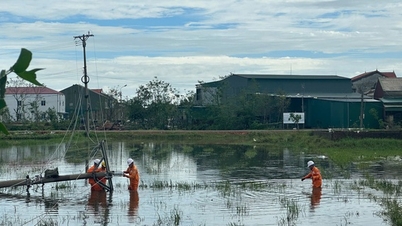

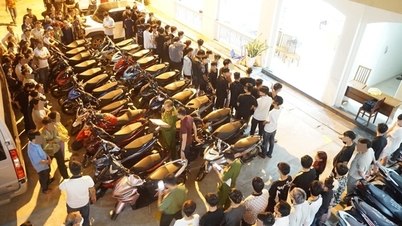


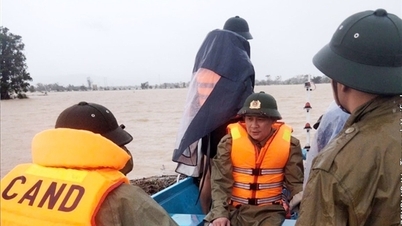




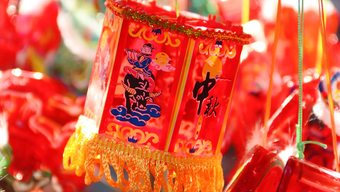
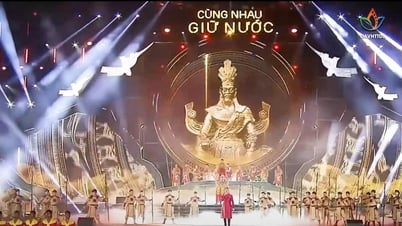
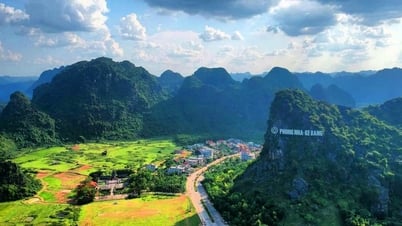



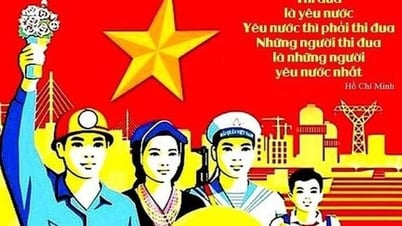
![[Photo] General Secretary To Lam attends the ceremony to celebrate the 80th anniversary of the post and telecommunications sector and the 66th anniversary of the science and technology sector.](https://vphoto.vietnam.vn/thumb/1200x675/vietnam/resource/IMAGE/2025/9/29/8e86b39b8fe44121a2b14a031f4cef46)





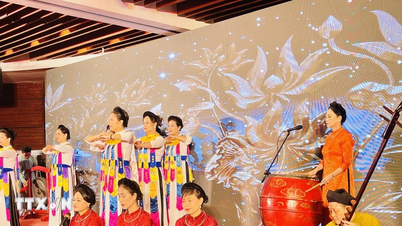





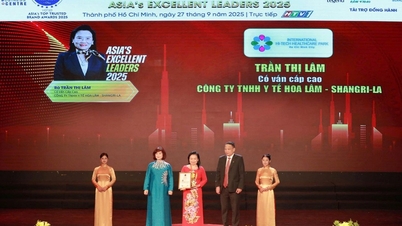



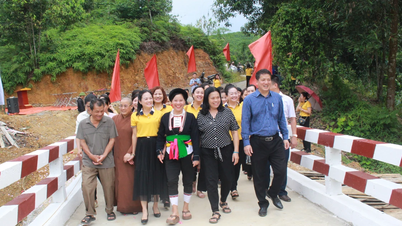



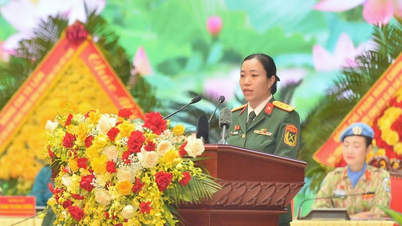


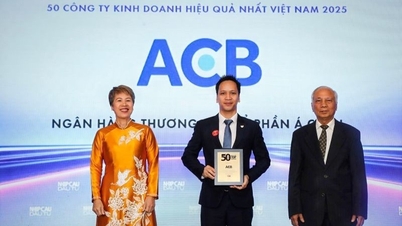


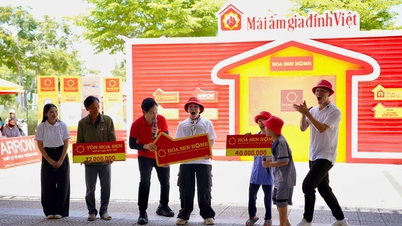


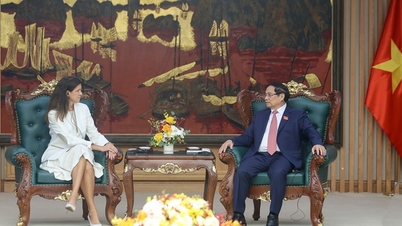


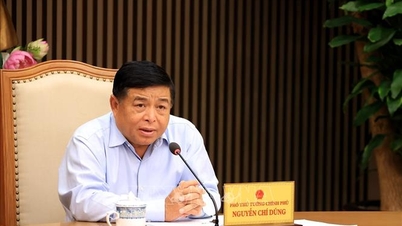

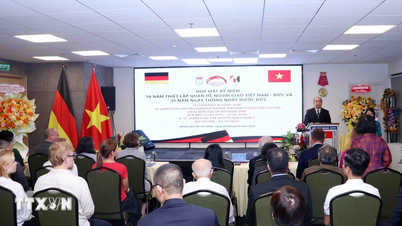
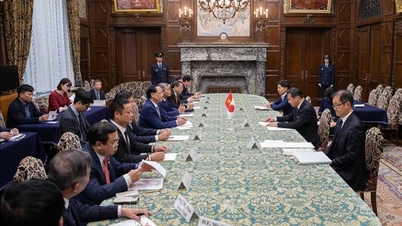
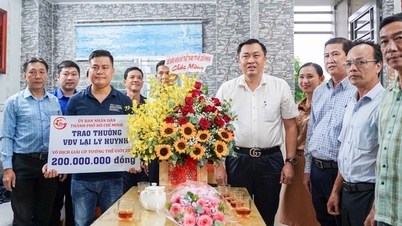

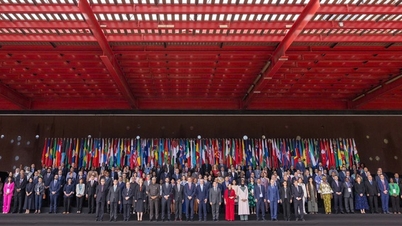
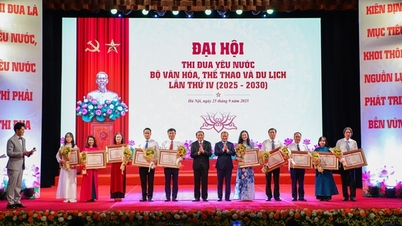



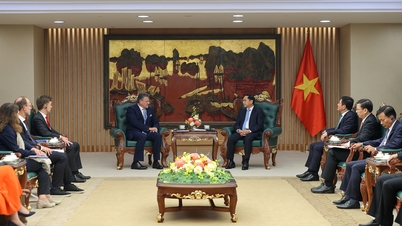


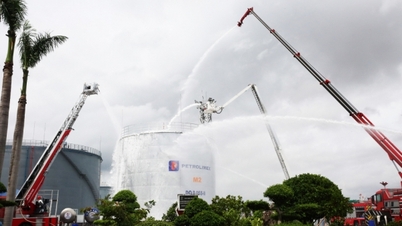

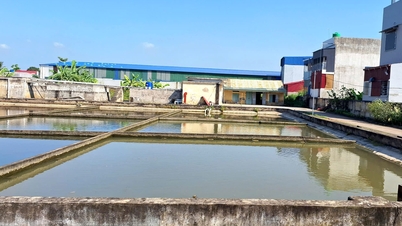



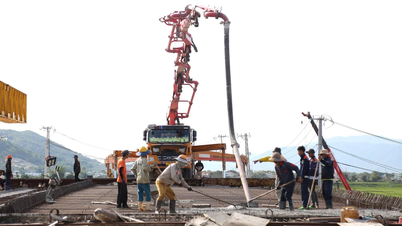

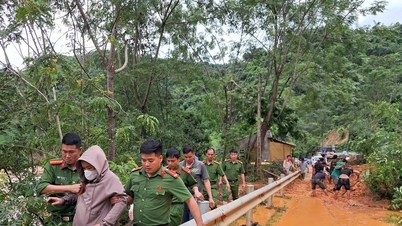







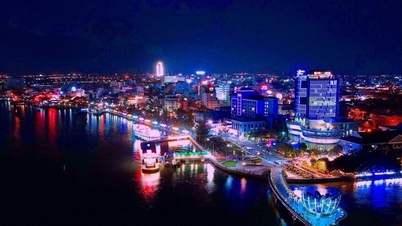







Comment (0)